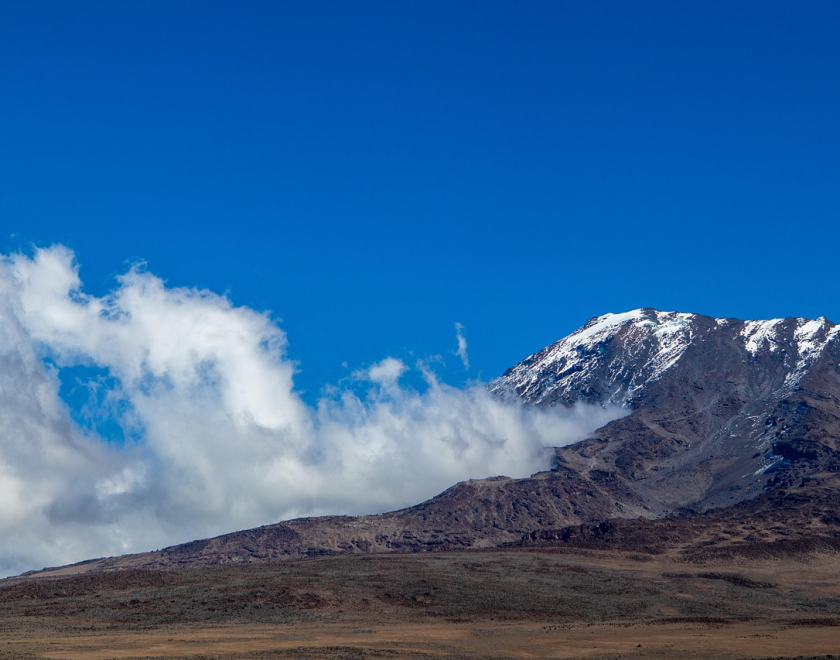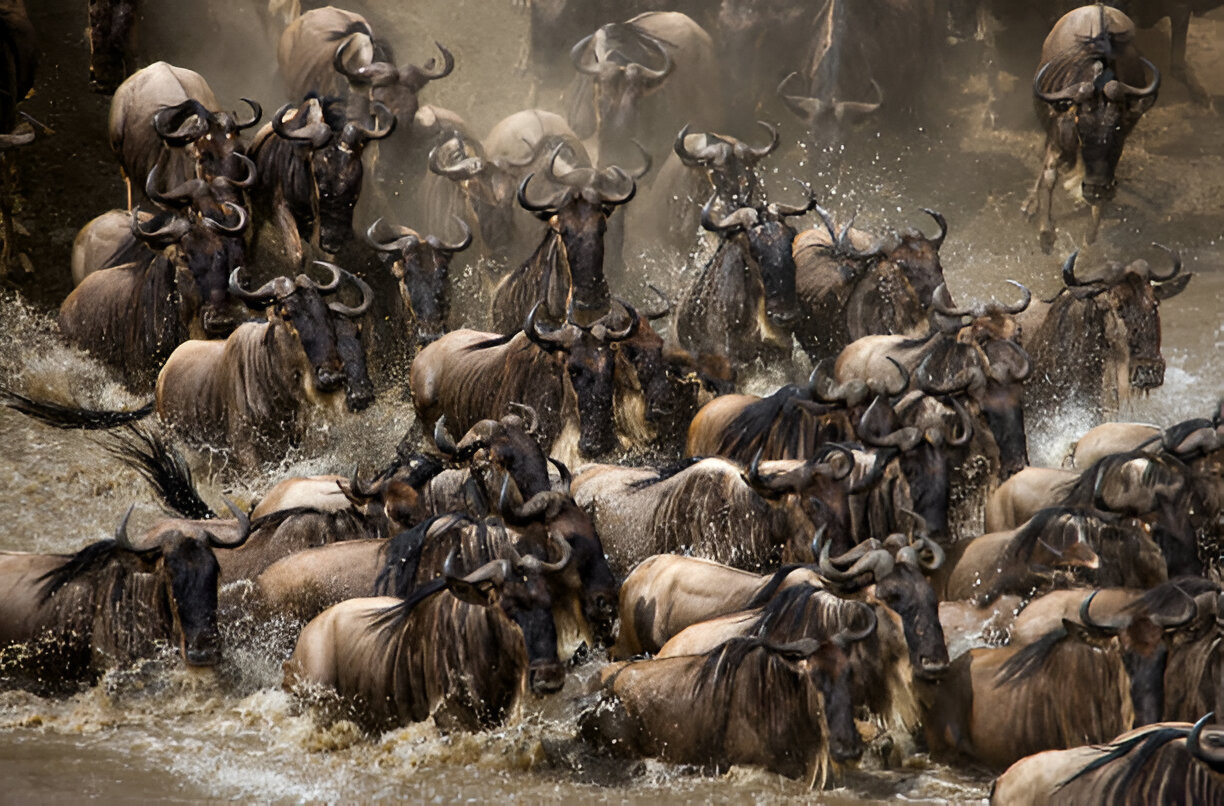
- Tanzania - East Africa
Best Time to Visit Moshi: A Complete Traveler’s Guide
Moshi, a charming town at the foot of Mount Kilimanjaro, is often called the “gateway to Africa’s highest peak.” It is a hub for adventurers from around the world who come to climb Kilimanjaro, explore Tanzania’s northern safari circuit, or immerse themselves in local Chagga culture and coffee plantations. But before planning your trip, one question stands out: When is the best time to visit Moshi?
The answer depends on your travel goals. Whether you’re aiming to summit Kilimanjaro, enjoy a cultural tour, or explore waterfalls and coffee farms, the seasons in Moshi play a big role in shaping your experience.
This detailed guide breaks down Moshi’s weather patterns, explains the best months for trekking, safaris, and cultural activities, and offers practical tips for travelers looking to make the most of their visit.
Understanding Moshi’s Climate
Moshi sits at about 800–950 meters (2,600–3,100 feet) above sea level, which gives it a warm but not excessively hot climate year-round. Unlike many destinations that have four seasons, Moshi experiences wet and dry seasons.
Average Temperatures: Moshi is generally warm throughout the year, with daytime highs ranging between 25°C and 30°C (77°F to 86°F). Nights are cooler but rarely cold.
Rainfall: Like Arusha, Moshi has two rainy seasons: the long rains (March to May) and the short rains (November to mid-December).
Understanding these seasonal changes helps you determine the best time to visit Moshi for trekking, safaris, or relaxation.
The Dry Season (June to October) – Best for Kilimanjaro Treks
The dry season from June to October is widely considered the best time to visit Moshi, especially for those climbing Mount Kilimanjaro.
Why Visit During the Dry Season?
Perfect Trekking Conditions: Clear skies, lower rainfall, and cooler nights make this the ideal time for climbing Kilimanjaro or Mount Meru.
Excellent Wildlife Viewing: Nearby parks like Tarangire and Ngorongoro offer spectacular game drives. Animals gather around water sources, making sightings easy.
Pleasant Weather: Days are sunny, with lower humidity—perfect for exploring Moshi’s waterfalls, coffee plantations, and hot springs.
Fewer Insects: With less standing water, mosquitoes are less of a concern.
Things to Keep in Mind
Peak Season: This is when most tourists visit, so book accommodations and Kilimanjaro tours early.
Cool Evenings: Pack warm layers for trekking and chilly nights.
The Short Rains (November to Mid-December) – Green and Refreshing
The short rains come in November and last until mid-December. Unlike the heavy long rains, showers are typically brief and followed by sunshine.
Why Visit During the Short Rains?
Beautiful Scenery: The rain transforms Moshi into a lush green paradise, especially around the slopes of Kilimanjaro.
Less Crowded: Trails and tourist attractions are quieter compared to the dry season.
Birdwatching: Migratory birds arrive during this time, making it excellent for bird enthusiasts.
Lower Costs: Many hotels and lodges offer competitive rates.
Things to Consider
Trails on Kilimanjaro can be slippery, though treks still operate.
Safari animals are more spread out since water sources are abundant.
Chat with our expert direct via email!
The Long Rains (March to May) – Low Season but Budget-Friendly
From March to May, Moshi experiences its long rainy season. Heavy downpours are common, especially in April.
Why Visit During the Long Rains?
Cheapest Time of Year: Accommodation and trekking packages are often heavily discounted.
Scenic Greenery: The region is lush and fertile, with waterfalls and rivers at their fullest.
Authentic Local Experience: With fewer tourists, you get a more personal connection with the local culture.
Challenges of the Long Rains
Trails can be muddy and difficult for Kilimanjaro trekking.
Some lodges in remote areas may close temporarily.
Wildlife is harder to spot during safaris, as animals disperse widely.
The Short Dry Season (January to February) – Best for Calving Season & Trekking
Between January and February, Moshi enjoys a short dry spell, which is another great time to visit.
Why Visit in January and February?
Good Trekking Weather: Clear skies and warm conditions make for excellent Kilimanjaro climbs.
Serengeti Calving Season: Just a few hours’ drive from Moshi, the southern Serengeti becomes the stage for the wildebeest calving season—an unforgettable wildlife spectacle.
Cultural Tours: Dry conditions make it easier to explore coffee farms, Chagga villages, and natural attractions like Materuni Waterfall.
Things to Keep in Mind
This season is moderately busy, so it’s wise to book ahead.
Some days can feel hotter compared to June–October.
Best Time for Different Activities in Moshi
Since travelers visit Moshi for diverse reasons, let’s break down the best time depending on your activities:
1. Climbing Mount Kilimanjaro
Best Months: June to October and January to February
Why: Dry conditions, clear skies, and excellent trekking visibility.
2. Exploring Waterfalls, Coffee Farms & Hot Springs
Best Months: June to October, January to February
Why: Trails are more accessible, and landscapes remain beautiful.
3. Safari Trips from Moshi
Best Months: June to October, January to February
Why: Wildlife is concentrated near water sources, and calving season offers thrilling predator-prey encounters.
4. Birdwatching
Best Months: November to April
Why: Migratory species arrive, making it a paradise for bird lovers.
5. Cultural Experiences
Best Months: Year-round
Why: Coffee plantation tours, local market visits, and cultural interactions are not weather-dependent.
Month-by-Month Guide to Visiting Moshi
January – February: Short dry season, great for trekking and wildlife calving season.
March – May: Long rains, fewer tourists, discounted rates, lush scenery.
June – October: Long dry season, best trekking weather, excellent safari opportunities.
November – Mid-December: Short rains, green scenery, good for birdwatching, fewer crowds.
Late December: Festive season, busy with tourists, great weather for safaris and tours.
Tips for Choosing the Best Time to Visit Moshi
For Kilimanjaro Climbs: Stick to the dry seasons (January–February, June–October).
For Budget Travelers: March–May is the cheapest time, but be prepared for heavy rains.
For Wildlife Lovers: June–October is best for classic safaris, while January–February offers the wildebeest calving spectacle.
For Photographers: Rainy months (March–May, November) provide lush backdrops and dramatic skies.
For Comfort: Book early during peak months to secure good lodges and trekking slots.
Conclusion: When Is the Best Time to Visit Moshi?
The best time to visit Moshi depends entirely on your goals. For Kilimanjaro trekking and reliable safari conditions, the dry months of June to October and January to February are unbeatable. For those who prefer fewer crowds and lower prices, the rainy seasons (especially March–May) offer a quieter, more budget-friendly experience. Birdwatchers and photographers may even prefer the green months when the landscapes come alive.
No matter when you choose to visit, Moshi offers an extraordinary mix of adventure, culture, and natural beauty. From the towering presence of Kilimanjaro to the warm hospitality of its people, every season brings its own rewards—making Moshi a year-round destination worth exploring.
📌 Build Your Tour Today!


Olduvai Tours Tan_Africa
We ensure that your journey is not just a trip but a meaningful exploration of Tanzania’s natural and cultural treasures. Let us turn your dream safari into reality!
Booking your Adventure with Olduvai Tours Tan Africa
Olduvai Tours Tan Africa specializes in creating unforgettable Tanzania safari experiences, offering expert guides, personalized itineraries, and high-quality service.
Other Tours You May book with Olduvai Tours Tan_Africa:
Tanzania – East Africa Is It Possible to Do a Day Trip to a Park from Arusha? Arusha is…
Book 4 Days Tanzania Luxury Safari Itinerary Book Your 4 Days Luxury Safari Package! Tour Package Details 📍 Tarangire…
Affordable Group Joining Safari in Tanzania 2025 – Budget-Friendly 📍 Serengeti National Park, Ngorongoro Crater and Tarangire National Park…

